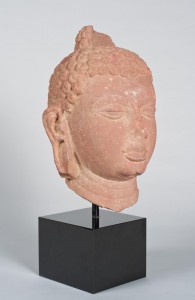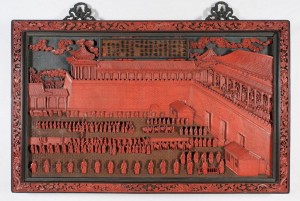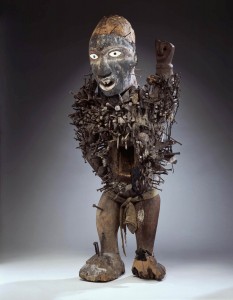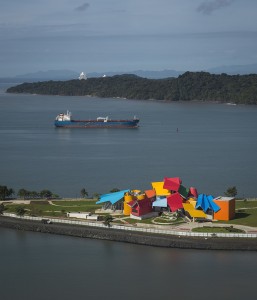 In this week’s Sunday New York Times, you’ll find annual fall Fine Arts and Exhibitions section. It’s full of stories about galleries, art and history museums, technology and the auction business. I didn’t write any of them. I was more fascinated by the new Biomuseo in Panama, designed by Frank Gehry, which I mentioned here once before.
In this week’s Sunday New York Times, you’ll find annual fall Fine Arts and Exhibitions section. It’s full of stories about galleries, art and history museums, technology and the auction business. I didn’t write any of them. I was more fascinated by the new Biomuseo in Panama, designed by Frank Gehry, which I mentioned here once before.
It’s Gehry’s only building in Latin America and–seems to me–the only one in which he deploys bright colors as part of his design. They are crayon colors, and signal–to me at least–that this museum wants to attract families, which it does.
But my article (online now), Biomuseo Showcases Panama’s Ecological Diversity, doesn’t focus on Gehry’s design. I was more interested in what Panama would do to build a 21st Century natural history museum. Rightly, it focuses on the biodiversity Panama enjoys, which I think will be a surprise to most people:
Just a bit bigger than Ireland, it has more species of birds, amphibians and animals (if insects are included) than the United States and Canada combined, according to George R. Angehr, a research associate at the Smithsonian Tropical Research Institute in Panama.
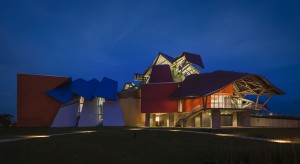 As Biomuseo’s director, Victor Cucalón Imbert, says:
As Biomuseo’s director, Victor Cucalón Imbert, says:
…the most important part of the project is the chance to make them look at life with new eyes.†The week the Biomuseo opened, he said, the World Wildlife Fund announced that since 1970 the world has lost 52 percent of its biodiversity.
“We need to make people fall in love with our environment again, to have new eyes for our surroundings, that we have grown blind to,†he added. “This is urgent.â€
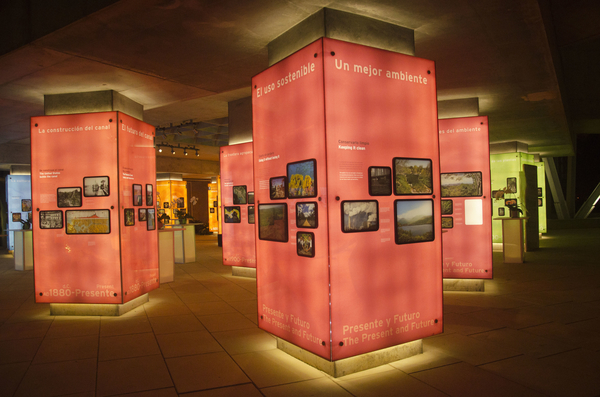 There’s more about all of this in the article, which I hope you will read. And more about the inside than the outside.
There’s more about all of this in the article, which I hope you will read. And more about the inside than the outside.
There’s also a six-slide show, which I also hope you’ll take a minute to view. I’ve posted different photos here, btw.
Photo Credits: @Fernando Alda (top two), ©Victoria Murillo/Istmophoto.com (bottom), all courtesy of Biomuseo



